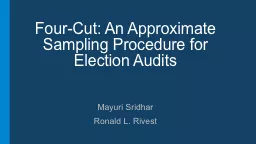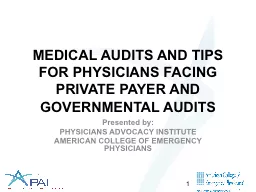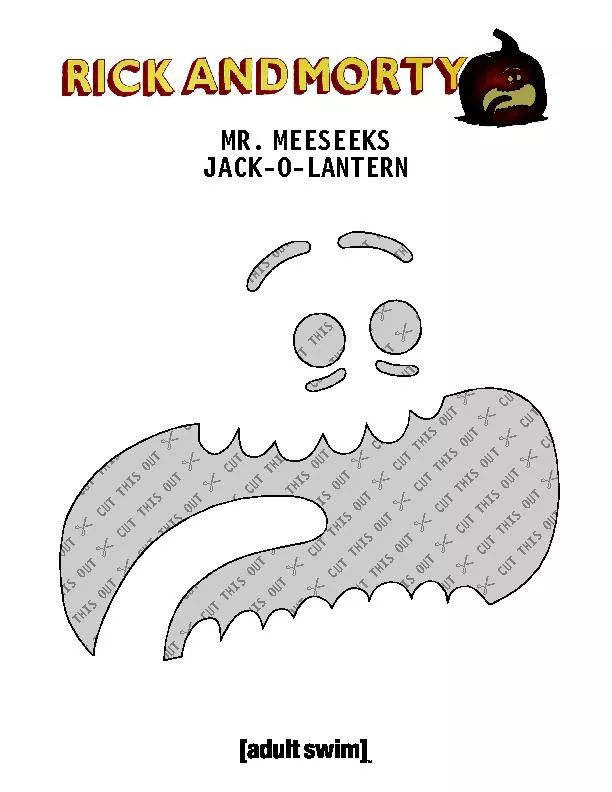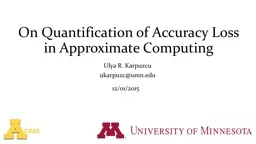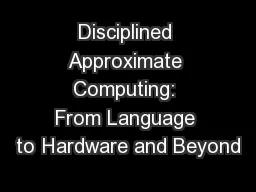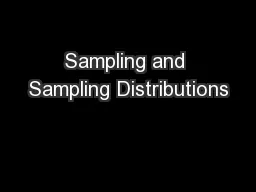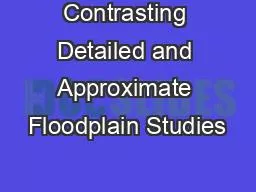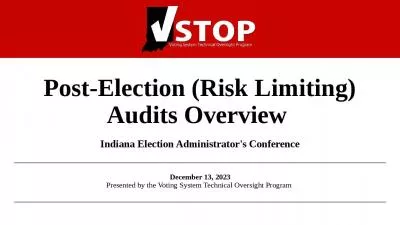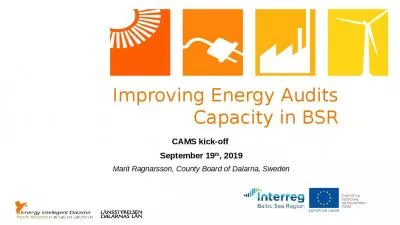PPT-Four-Cut : An Approximate Sampling Procedure for Election Audits
Author : celsa-spraggs | Published Date : 2018-12-22
Mayuri Sridhar Ronald L Rivest Overview We present a new way of picking a random sample for election audits This method avoids having to count ballots and thus
Presentation Embed Code
Download Presentation
Download Presentation The PPT/PDF document "Four-Cut : An Approximate Sampling Proce..." is the property of its rightful owner. Permission is granted to download and print the materials on this website for personal, non-commercial use only, and to display it on your personal computer provided you do not modify the materials and that you retain all copyright notices contained in the materials. By downloading content from our website, you accept the terms of this agreement.
Four-Cut : An Approximate Sampling Procedure for Election Audits: Transcript
Download Rules Of Document
"Four-Cut : An Approximate Sampling Procedure for Election Audits"The content belongs to its owner. You may download and print it for personal use, without modification, and keep all copyright notices. By downloading, you agree to these terms.
Related Documents

